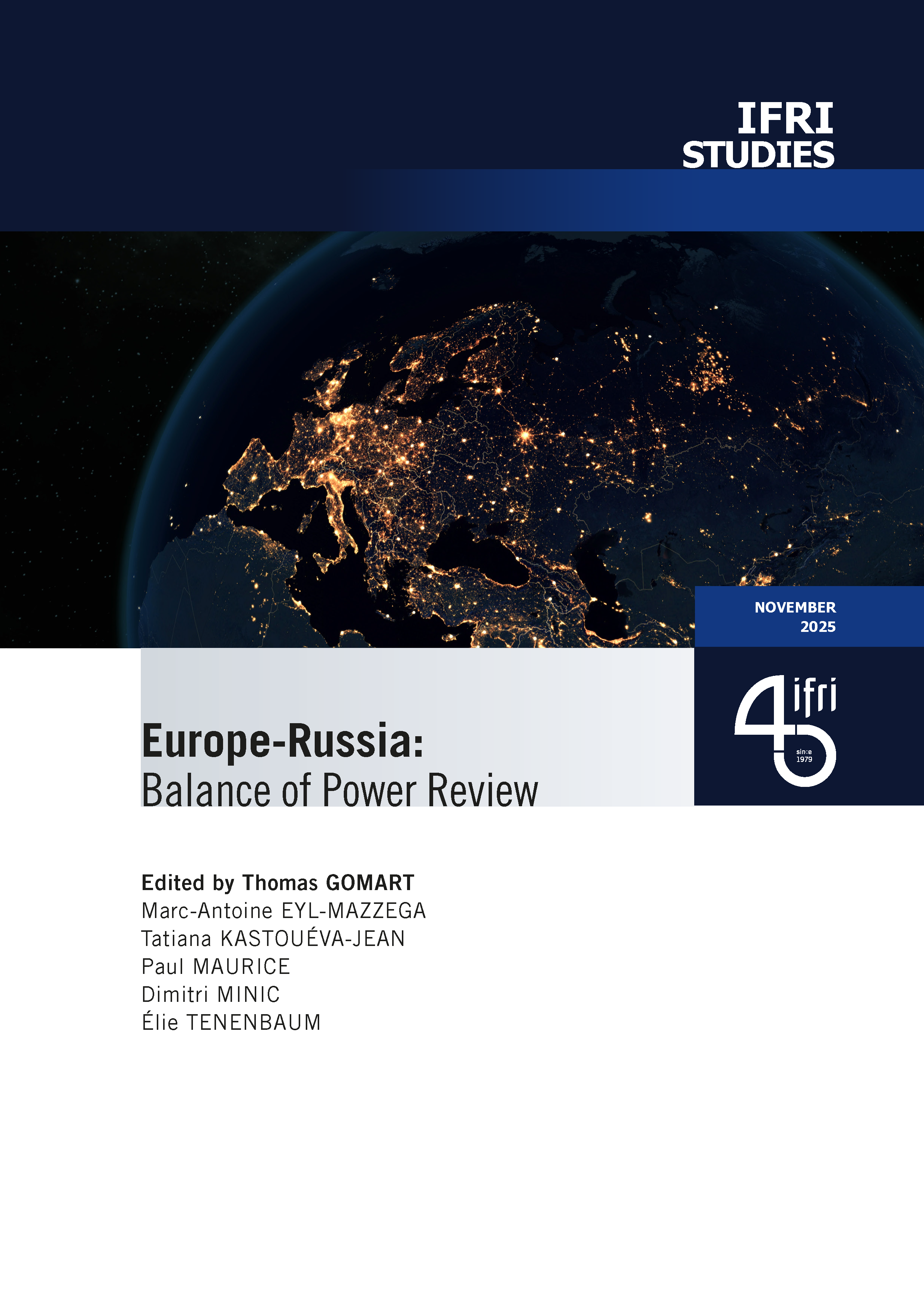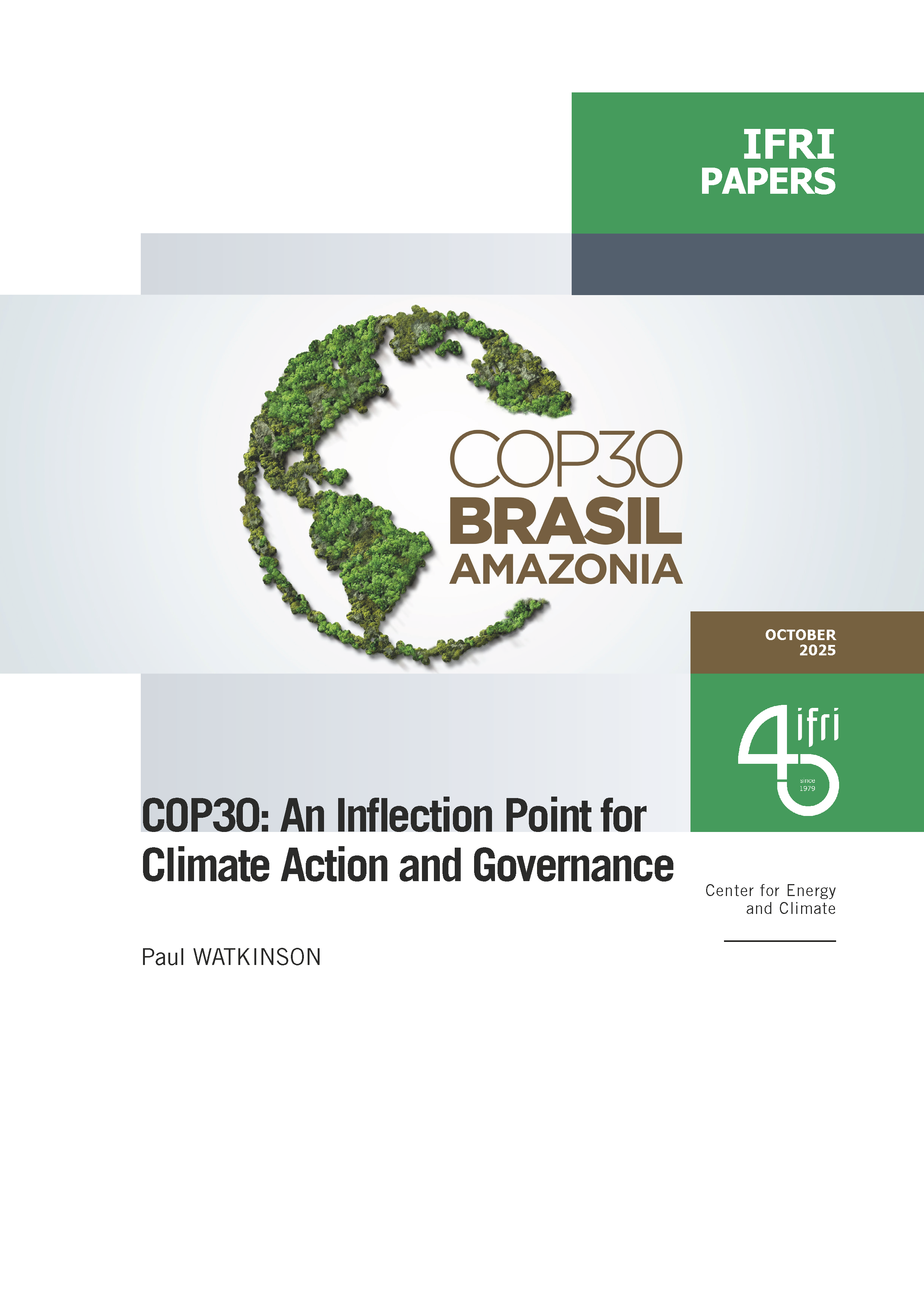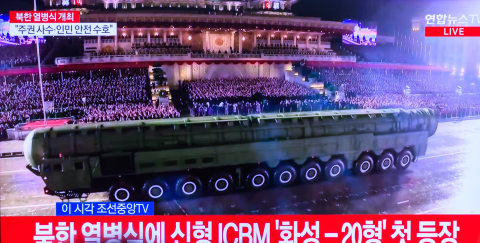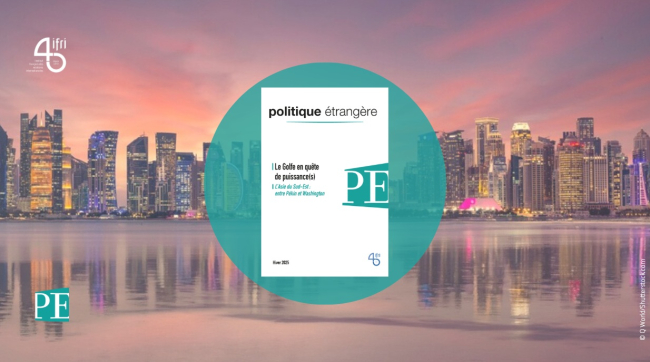East Asia Confronted with China
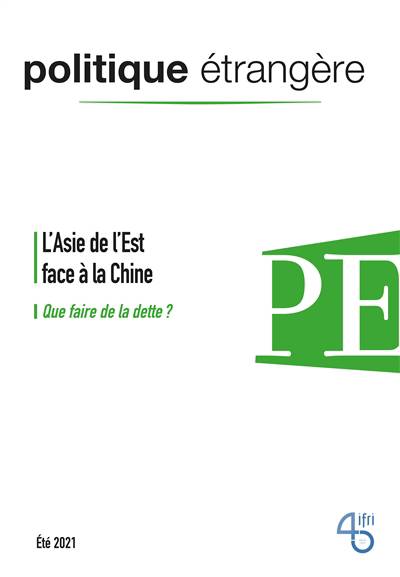
China is now an undeniable heavyweight on the international scene, wielding a remarkable range of political strategies. Studying its position in the surrounding area of Southeast Asia in relation to Japan, Korea, Taiwan, and the Association of Southeast Asian Nations (ASEAN) countries, as well as Australia, gives us an understanding of both the strength and the limits of such a diverse range of actions.

Military aggression in the China Seas, seduction by way of vaccines, economic control, investments wielded as tools of influence, attempts at political takeover, the marginalization of outside (i.e., Western) players in favor of organizations based within the region . . . anything goes in China’s bid to reinforce the centrality of its power in the face of states that are torn between their interests in neighboring countries and their desire for independence. The balance of power in Southeast Asia could well be symbolic of the world to come.
COVID-19 has not upset the geopolitical rationales at work across the world: the geography of vaccine distribution clearly shows it. This distribution, which broadly corresponds with the assertiveness of global powers in their respective zones of influence, reveals a geopolitics of immunity. On the other hand, the general consensus of those who have relied upon globalization up to now has been called into question, in particular with regard to the sustainability of public debt. How will they close the floodgates that were opened during the public funding crisis? Will the debts that were created therein be paid back, and if so, how?
This issue is available in French only.
CASE FILE
EASTERN ASIA CONFRONTED WITH CHINA
China/Japan: Redefining Coexistence, by Céline Pajon
China/South Korea: Mutual Frustration, by Antoine Bondaz
Beijing: Taiwan's Worst and Greatest Enemy, by Marc Julienne and John Seaman
China and South-East Asia: Has the Die Been Cast, by Sophie Boisseau du Rocher
Australian Resistance in response to China, by Nadège Rolland
COUNTER ANALYSIS
HOW TO DEAL WITH DEBT?
Is Public Debt a Problem?, by François Geerolf and Pierre Jacquet
Public Debt Outlook, by François Ecalle
CURRENT AFFAIRS
COVID-19: The Geopolitics of Herd Immunity, by Patrick Allard (In French only - COVID-19 : géopolitique de l'immunité collective)
How Can American Democracy Be Fixed?, by Laurence Nardon
BAROMETERS
Strait of Hormuz: The War of Nerves, by Morgan Paglia (In French only - Détroit d'Ormuz : la guerre des nerfs)
Dubai's Model Versus Abu Dhabi's Centralism, by Matthieu Etourneau
Are the two Koreas Perpetually Moving Towards Peace?, by Rémy Hémez
REFLECTIONS
Europe: Power and Finance, by Sylvie Goulard
BOOK REVIEWS
Toxic Politics: China’s Environmental Health Crisis and Its Challenge to the Chinese State, by Yanzhong Huang
China Goes Green : Coercive Environmentalism for a Troubled Planet, by Yifei Li et Judith Shapiro
By John Seaman
Download the full analysis
This page contains only a summary of our work. If you would like to have access to all the information from our research on the subject, you can download the full version in PDF format.
East Asia Confronted with China
Find out more
Discover all our analysesNATO and Nuclear Weapons
The changes in the way that NATO operates raise the question of whether the nuclear weapons stationed in Europe would, in a time of crisis, be an instrument of solidarity, or lead instead to divisiveness.
Reforming NATO’s Institutions: Pressing Need, Enduring Obstacles, New Opportunities
The lessons learned from its engagement in Afghanistan, a desire to transform itself, and its current financial problems are all factors pointing to the need to reform the Alliance. Formulating a new Strategic Concept will allow institutional reform to be associated with a new sense of purpose.
The Reform of NATO and the Free World’s Security Pact
Reforming the structure does not go to the heart of the problem. A new understanding has to be reached among the allies that takes into consideration the political, economic and technical changes of the last decade.
The New Diplomatic Weight of Gulf Countries
The political and economic weight of the Gulf monarchies has increased considerably. These countries have diversified their economies and become logistic hubs, attracting large numbers of investors. They have also managed to extend their power beyond their borders. However, the wider regional fallout of the war begun by Hamas on October 7, 2023 has cast doubt on the Gulf’s stability, especially as it seems that the American security umbrella can no longer be taken for granted


